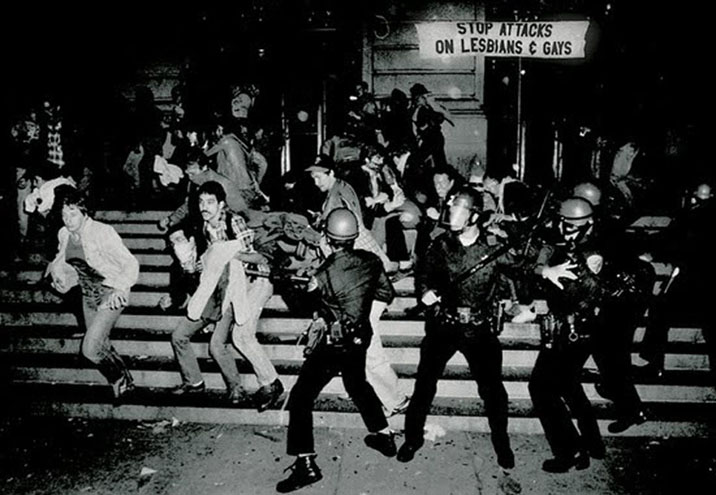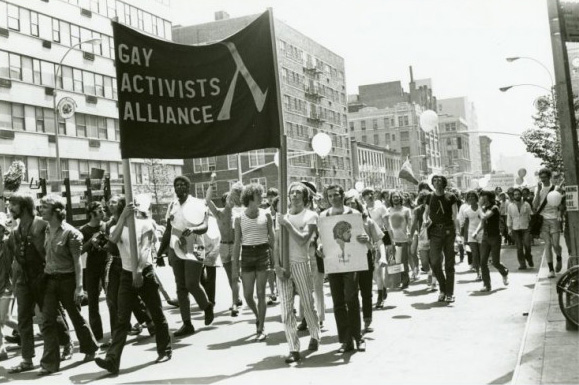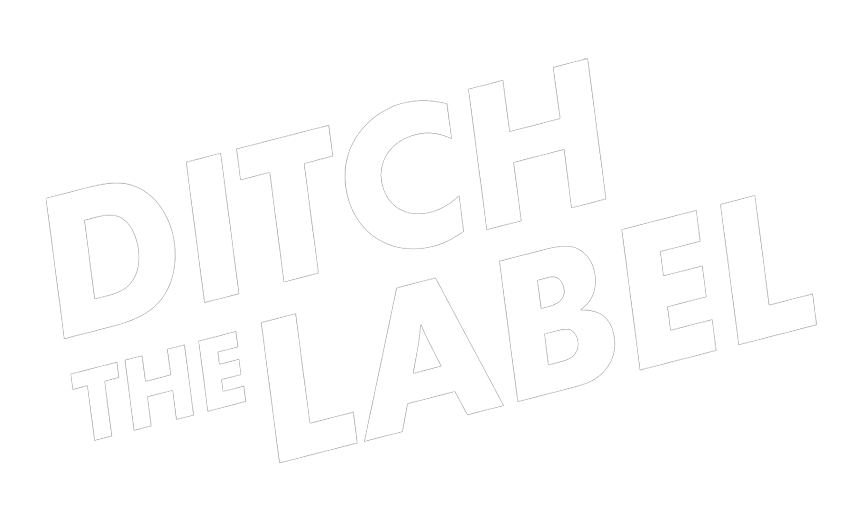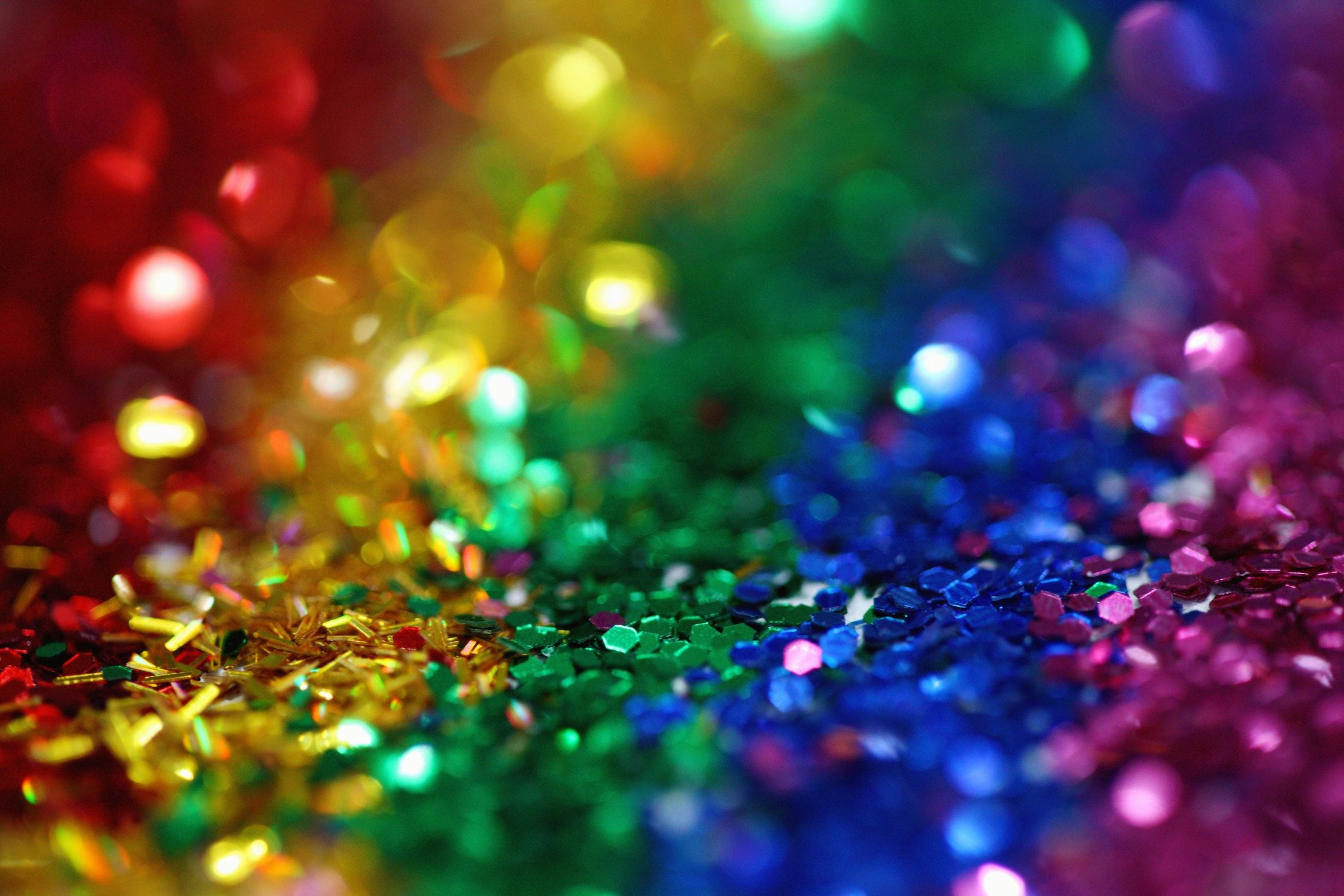When we say Pride, you say…glitter, right?
Well it hasn’t always been fabulous y’know! Here are some things you should know about the history of Gay Pride parades and why they are very much still needed.
A Bit of Background…
The reason gay pride takes place in many cities across the world is for communities to unite to take a positive stand against homophobic attitudes within society.
In 1967, sexual acts between two men were decriminalised, so long as they were kept private. Just let that sink in for a second: 50 years ago, it was illegal to be gay – sounds ridiculous doesn’t it? Before the sexual offences act passed in 1967, people were literally arrested and served jail time simply for loving another human being. Many men, including mathematician and war-time code breaker Alan Turing, accepted treatment with hormones, also known as chemical castration. This was considered to be a punishment for their ‘crime’.
Following decriminalisation, there were still leaps and bounds to be made to tackle homophobia and discrimination of the LGBT community. At the time, just because it was legalised, did not mean that it was accepted.
The Stonewall Riots
In June 1969 in Greenwich Village, New York, a police raid on a pub called the Stonewall Inn sparked angry and violent demonstrations from gay protesters who were fighting for the rights of the gay community. Very few pubs or social clubs welcomed openly gay people and those that did were often raided by police. The raid on Stonewall Inn was a pivotal moment in LGBT history which permeates the movement towards equal rights and gay liberation.

One year later, on the anniversary of the Stonewall Riots, the first ‘Gay Pride parade’ took place.
However, it was nothing like the Gay Pride parades we know and love today. It was more of a demonstration or march, organised by angry members of the gay community who were sick of being treated badly by almost everyone else in society. Gay Pride parades from this point onwards, took place to commemorate the events at the Stonewall Inn which united the gay community and sparked the movement for equality.
The marches were often met with hate, violence and disgust by onlookers who still considered homosexuality to be wrong. Gay pride was not considered to to be a celebration like it is now, but a desperately needed demonstration advocating for the basic rights that were not afforded to the gay community, by a prejudiced society.
Across the Pond…
The first Gay Pride parade in London was held in 1972 – with 2000 people in attendance. Since then, Pride celebrations have spread to cities across the world. Pride is an opportunity for LGBTQ+ people to come together, celebrate their identities and strive further forward towards a society free from prejudice.

LBGTQ+ rights have come a long way in more recent times, but let’s not forget that there are others who are still having to suppress their sexualities and gender identities because society does not accept them. You only have to look to Chechnya today in 2017, to see real examples of human rights being callously taken from those who identify as gay, lesbian or bisexual.
Members of the LGBT+ community have endured decades of discrimination and abuse from every corner of society and still do today. Same sex relationships are still illegal in 74 countries across the world. 13 of those countries enforce the death penalty for the ‘crime’ of homosexuality.
It is mind boggling that in today’s society, a person can be killed for loving somebody.
This is why Pride matters.
So, before you enjoy the festivities of Pride this summer, take a moment to remember and reflect upon the history behind it because it hasn’t always been sunshine and rainbows…
[full-width-figure image=”https://dtl-staging.org/2020/wp-content/uploads/2017/05/born.jpg” alt=’gaypridebrighton”]













